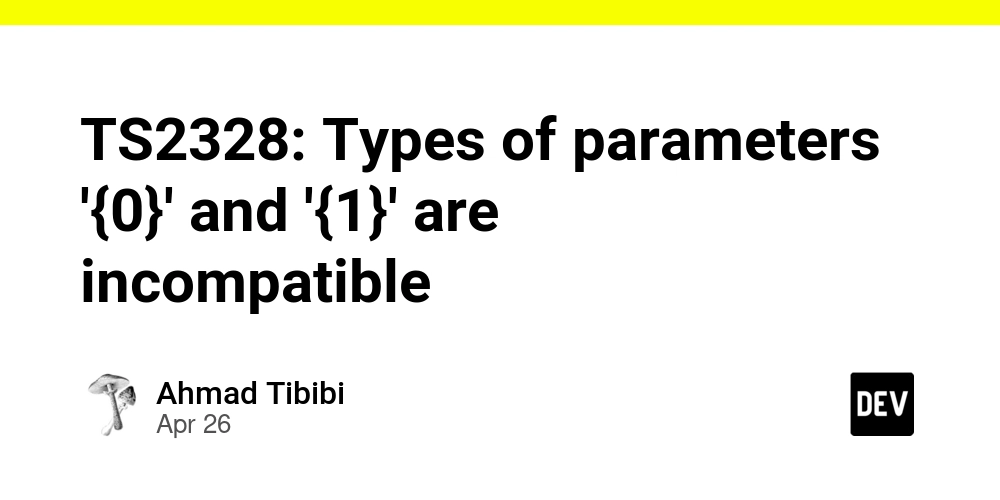Go - (6) Arrays and Slices
Arrays In Go, arrays have a fixed size. var marks [10]int // an array of 10 integers Assigning values to an array looks like this. names := [3]string{ "Edward", "Bella", "Jcob", } In Go, if you assign an array to another array, it copies all the elements of the first array. Also, when you pass an array to a function, it gets a copy of the array. But what if you want to allocate size dynamically? Slice Built on top of arrays. Holds a reference to the underlying array. Dynamically-sized In Go, we work with slices 90% of the time. Unlike assigning an array to another array, when you assign a slice to another slice, both points to the same array. This gives pointer-like behaviour. sliceA := make([]int, 4, 8) sliceFixed := make([]string, 5) sliceLiteral := []string{"hello", "hi", "thanks"} Capacity of a slice is the maximum length it can take. If the data exceeded the capacity, the slice is reallocated. You can get the capacity of a slice using the cap() function. Length is the current length (number of elements) a slice has. You can get the length of a slice using the len() function. In the above example, sliceA is an int slice, which is 4 in length but has a capacity of 8. Both the length and capacity of the sliceFixed size are 5. Also, if you print the length of sliceLiteral, it will give 3. Variadic functions A function that can take an arbitrary number of final arguments. Check the example below. The printNames() function takes the names argument, which is a slice. You can see it in the main function where we call the printNames(). Note that we can pass a slice any number of string elements. func printNames(names ...string) { // names is a slice for i := 0; i

Arrays
- In Go, arrays have a fixed size.
var marks [10]int // an array of 10 integers
Assigning values to an array looks like this.
names := [3]string{
"Edward",
"Bella",
"Jcob",
}
In Go, if you assign an array to another array, it copies all the elements of the first array. Also, when you pass an array to a function, it gets a copy of the array.
But what if you want to allocate size dynamically?
Slice
- Built on top of arrays.
- Holds a reference to the underlying array.
- Dynamically-sized
- In Go, we work with slices 90% of the time.
Unlike assigning an array to another array, when you assign a slice to another slice, both points to the same array. This gives pointer-like behaviour.
sliceA := make([]int, 4, 8)
sliceFixed := make([]string, 5)
sliceLiteral := []string{"hello", "hi", "thanks"}
Capacity of a slice is the maximum length it can take. If the data exceeded the capacity, the slice is reallocated. You can get the capacity of a slice using the
cap()function.Length is the current length (number of elements) a slice has. You can get the length of a slice using the
len()function.
In the above example, sliceA is an int slice, which is 4 in length but has a capacity of 8. Both the length and capacity of the sliceFixed size are 5. Also, if you print the length of sliceLiteral, it will give 3.
Variadic functions
- A function that can take an arbitrary number of final arguments.
Check the example below. The printNames() function takes the names argument, which is a slice. You can see it in the main function where we call the printNames(). Note that we can pass a slice any number of string elements.
func printNames(names ...string) {
// names is a slice
for i := 0; i < len(names); i++ {
fmt.Println(names[i])
}
}
func main() {
users := []string{"edward", "jcob", "bella"}
printNames(users...)
}
Instead of a for loop, you can use range to print elements of a slice.
func printSweets() {
sweets := []string{"cake", "chocolate", "toffee", "macrons"}
for _, s := range sweets {
fmt.Println(s)
}
}



























































































































































![[The AI Show Episode 143]: ChatGPT Revenue Surge, New AGI Timelines, Amazon’s AI Agent, Claude for Education, Model Context Protocol & LLMs Pass the Turing Test](https://www.marketingaiinstitute.com/hubfs/ep%20143%20cover.png)































































































































![[FREE EBOOKS] AI and Business Rule Engines for Excel Power Users, Machine Learning Hero & Four More Best Selling Titles](https://www.javacodegeeks.com/wp-content/uploads/2012/12/jcg-logo.jpg)












































































































































































































































![Hostinger Horizons lets you effortlessly turn ideas into web apps without coding [10% off]](https://i0.wp.com/9to5mac.com/wp-content/uploads/sites/6/2025/04/IMG_1551.png?resize=1200%2C628&quality=82&strip=all&ssl=1)



![This new Google TV streaming dongle looks just like a Chromecast [Gallery]](https://i0.wp.com/9to5google.com/wp-content/uploads/sites/4/2025/04/thomson-cast-150-google-tv-1.jpg?resize=1200%2C628&quality=82&strip=all&ssl=1)












![Apple Drops New Immersive Adventure Episode for Vision Pro: 'Hill Climb' [Video]](https://www.iclarified.com/images/news/97133/97133/97133-640.jpg)

![Most iPhones Sold in the U.S. Will Be Made in India by 2026 [Report]](https://www.iclarified.com/images/news/97130/97130/97130-640.jpg)
![Apple to Shift Robotics Unit From AI Division to Hardware Engineering [Report]](https://www.iclarified.com/images/news/97128/97128/97128-640.jpg)

































































































































